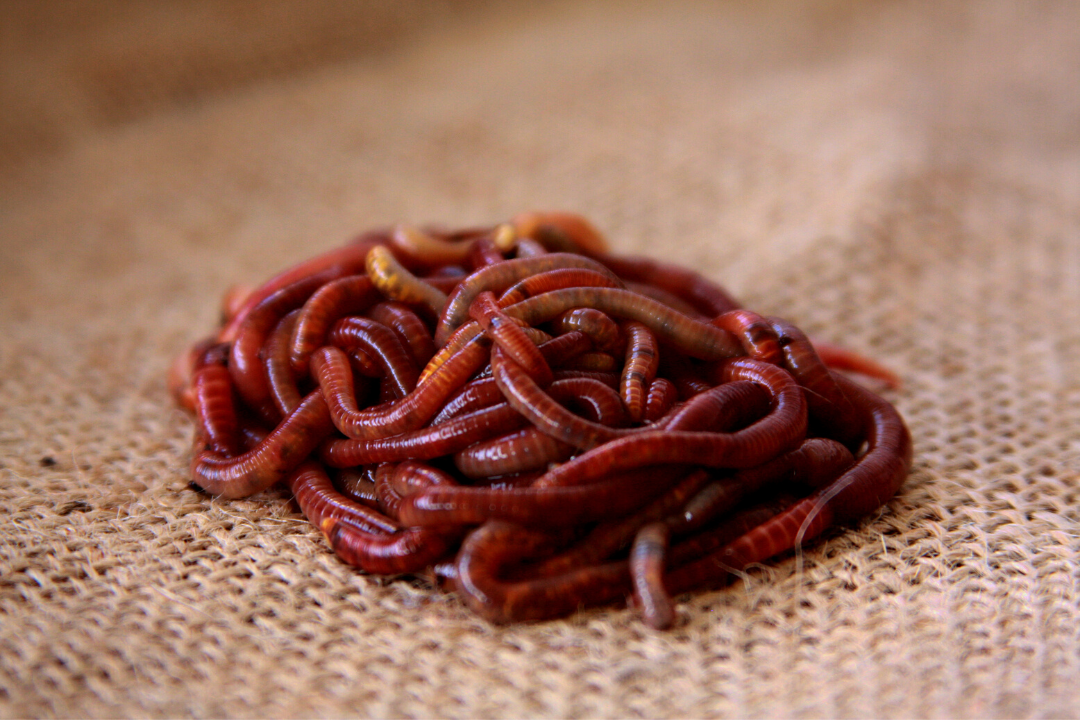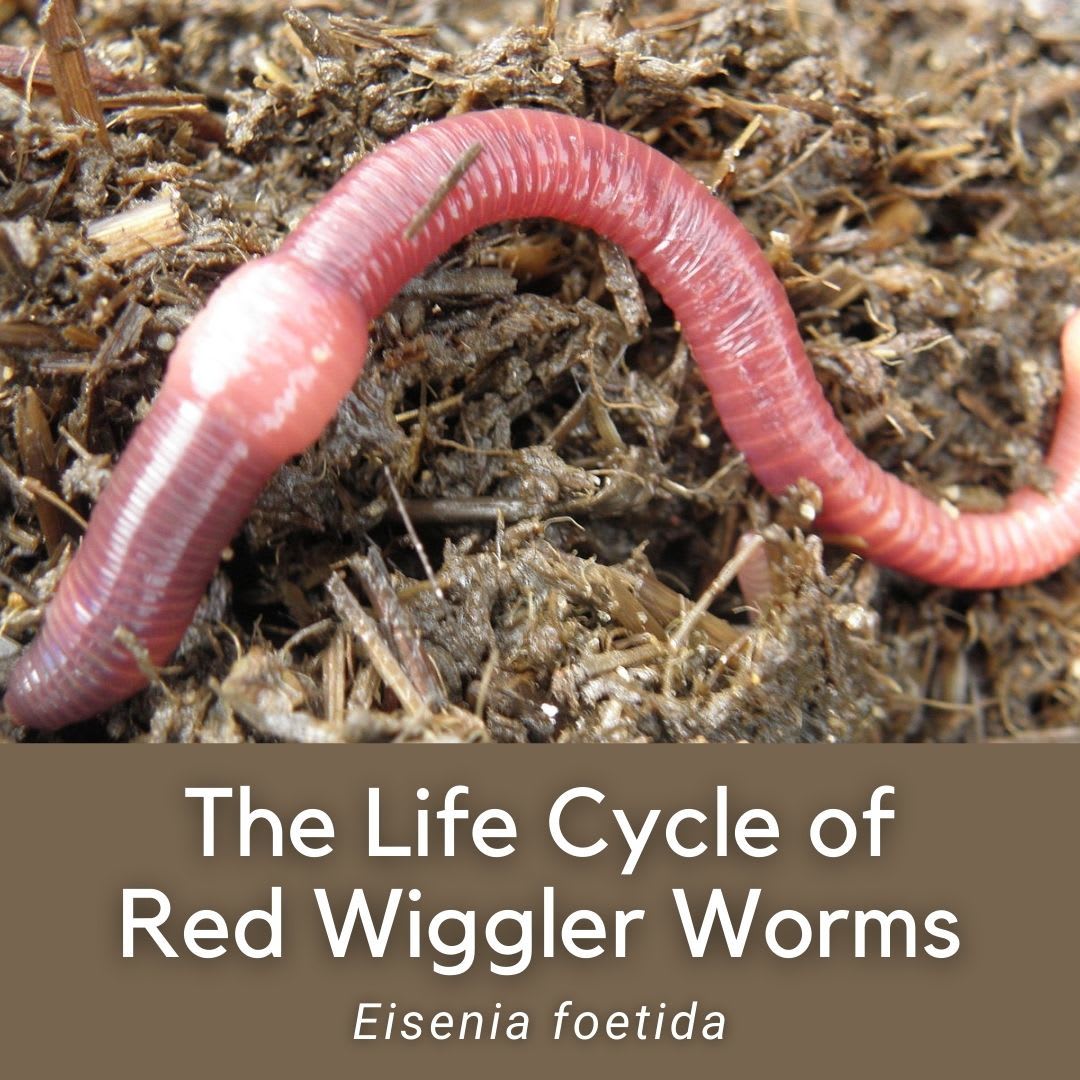Discover Why Lake Hickory Bait is the Best Choice for Yard Care
Discover Why Lake Hickory Bait is the Best Choice for Yard Care
Blog Article
Just How Red Wigglers Can Transform Your Composting Experience
The assimilation of red wigglers into composting techniques offers a transformative technique to waste administration and dirt enrichment. These organisms not only quicken the decomposition process yet also create nutrient-dense vermicompost that improves dirt health and fertility. Their adaptability to numerous environments makes them a suitable alternative for both beginner and knowledgeable composters alike. Understanding the certain requirements and benefits associated with maintaining a flourishing worm population is essential for optimizing their potential. What approaches can one utilize to make sure an effective vermicomposting experience?
Benefits of Red Wigglers
Red wigglers, scientifically called Eisenia fetida, are a keystone of efficient composting systems because of their amazing ability to break down raw material efficiently. These worms master changing kitchen area scraps, lawn waste, and other organic products right into nutrient-rich compost, commonly referred to as worm spreadings. Lake Hickory Bait. This procedure not only reduces landfill waste yet additionally adds to lasting horticulture methods
Among the main benefits of red wigglers is their high recreation rate, enabling them to inhabit a composting atmosphere quickly. This fast reproduction boosts disintegration rates, causing faster garden compost production. In addition, red wigglers thrive in a diverse array of problems, making them adaptable to numerous composting arrangements.

Establishing Your Worm Container
(Charlotte NC Worms For Sale)To develop an effective worm bin for composting, cautious focus should be offered to its design and atmosphere. A suitable worm bin must be created of materials that are resilient yet permit needed airflow, such as plastic or timber. The dimension of the container can vary, however a quantity of around 1 square foot per extra pound of worms is a good starting point.
Make certain that the bin has water drainage holes to stop water buildup, which can lead to anaerobic conditions damaging to the worms. Additionally, including air flow openings will help maintain appropriate humidity levels and oxygen flow.
Following, it is crucial to provide bed linens for the worms, which can include shredded newspaper, cardboard, or coconut coir. This bed linen not only uses an environment for the worms however also help in moisture retention.
Position the worm bin in a location that maintains a temperature level series of 55-77 ° F(13-25 ° C) to enhance worm activity. Avoid placing the bin in direct sunlight or extreme temperatures. By complying with these guidelines, you can create a conducive atmosphere for red wigglers, boosting the performance of your composting procedure.
What to Feed Your Worms

(Red Wiggler Express)Red wigglers particularly appreciate soft, wet foods like watermelon skins, cucumber peels, and banana peels. Nevertheless, it is vital to stay clear of feeding them citrus fruits, onions, and garlic, as these can be damaging to their well-being. Additionally, prepared foods, milk items, and meat ought to be purely stayed clear of, as they can lead to smells and draw in insects.
Offering a regular feeding schedule will assist maintain your worm populace flourishing while boosting the total efficiency of your composting efforts. By comprehending what to feed your worms, you lay the foundation for a successful and sustainable composting experience.
Preserving a Healthy And Balanced Environment
Developing a flourishing composting atmosphere for red wigglers needs attention to their environment, as it straight influences their health and wellness and efficiency. The ideal habitat should preserve a balanced wetness level, commonly between 60-70%. Excessive dampness can lead to anaerobic conditions, while inadequate wetness may dehydrate the worms.

The bedding product in additional info the garden compost ought to be varied and shredded, incorporating products like cardboard, newspaper, and coconut coir. This not only gives a comfortable environment yet additionally acts as a food source. Lake Hickory Bait. Frequently checking for smells or indications of parasites can assist identify potential problems prior to they escalate
Last but not least, preserving a well balanced pH level, ideally in between 6 and 7, guarantees a helpful habitat for red wigglers, cultivating their capability to process raw material properly. By dealing with these variables, you can produce a lasting and efficient composting community.
Harvesting and Making Use Of Compost
Collecting compost from a worm bin is a fulfilling process that changes organic waste into nutrient-rich product for yards and plants. When the composting cycle is total, generally after 8-12 weeks, it's time to accumulate the vermicompost. The primary step entails separating the red wigglers from the completed garden compost. This can be done utilizing approaches such as the "light" method, where worms are drawn in to light and can be scooped far from the leading layers, or by moving the compost away of the bin and adding fresh bed linens to the various other side, encouraging the worms to migrate.
As soon as the worms are eliminated, the staying compost can be sorted to eliminate any bigger bits or undecomposed material. This rich compost can be used straight to garden beds, mixed right into potting dirt, or utilized as a top clothing for potted plants.
Verdict
Including red wigglers into composting techniques considerably boosts the decay procedure and contributes to the manufacturing of nutrient-rich vermicompost. The resulting worm castings boost soil structure, fertility, and microbial task, eventually advertising healthier plant growth.
Report this page